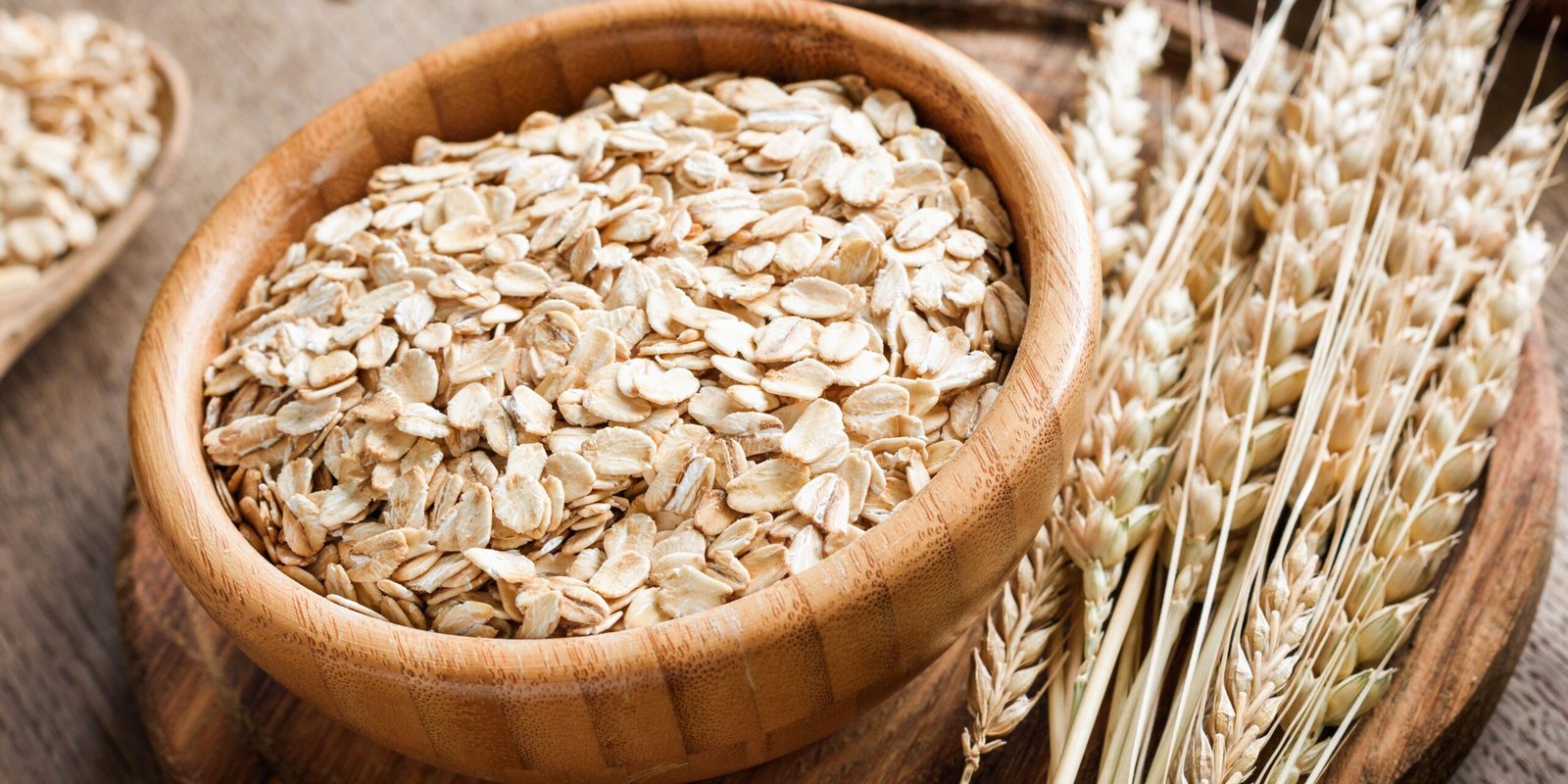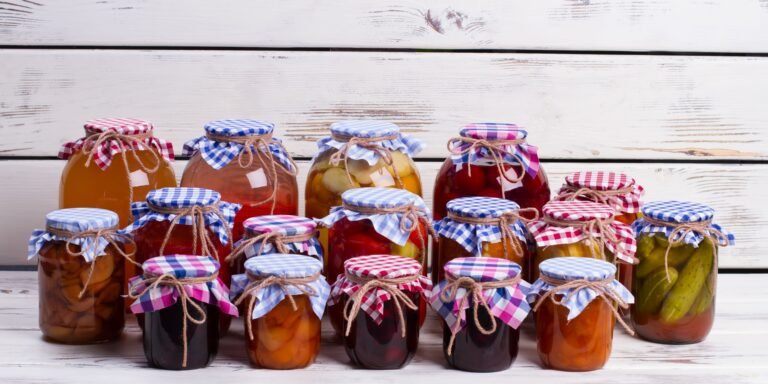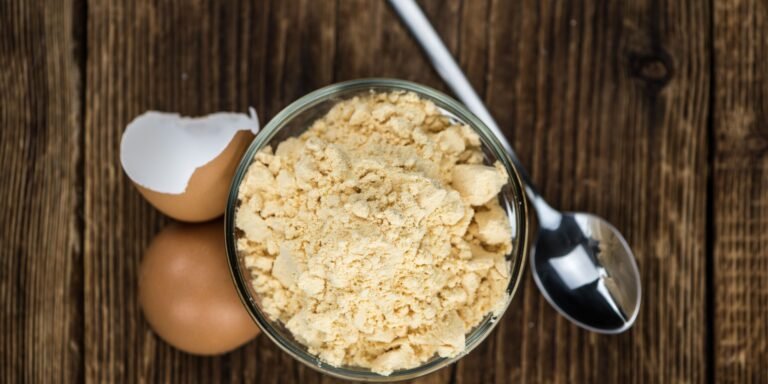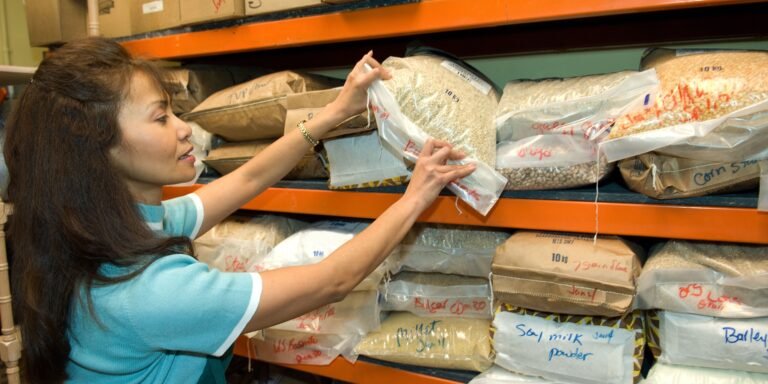How To Store Oatmeal Long-Term In 4 Easy Steps
This post may contain affiliate links, full disclosure here.
It’s always preferable to be prepared for any form of emergency, and effective food storage not only prepares you for natural disasters or financial troubles but also extends the life of your food (and hence your money).
See also: How To Store Quinoa Long-Term
Why Should You Store Your Oats
Oats are an excellent storage food for a variety of reasons. They have a long lifespan, a wide range of applications, and are inexpensive and simple to store.
Oats can endure up to 30 years if stored properly. You don’t need any extra things to make oats; simply add water and heat.
Oats are a healthy grain that is high in fiber and protein. Many long-term storage foods require a lot of salt or other preservatives to keep them fresh, but oats don’t need any.
Oats can be used in a variety of ways, including grinding them into flour for baking. By adding oats to other dishes, especially meats, you can stretch them further.
When you add oats to ground meat, it becomes thicker and more satisfying, resulting in larger servings. Oats can also be used to feed cattle or pets.
See also: Shelf Life Of Wheat Berries
Selecting Your Oats
The first step in storing oats is to determine which type of oats are suitable for long-term storage. Instant oats can be stored, but be sure to keep track of any expiration dates and any flavoring components that may go bad sooner.
Organic oats are a good choice because you’ll be preserving just pure, fresh oats without any pesticides. Steel-cut oats will last longer than rolled oats. Any oats can be stored, although organic rolled oats are the finest for long-term preservation.
Different Types Of Oats
Because oats are such a versatile grain, they are a perfect staple to have in any home when searching for food to store for longer periods of time. They already have an extraordinarily long shelf life, and that shelf life can be prolonged even further if properly stored.
Oats in their natural state
These oats are fantastic for animals, but they aren’t suitable for humans because the outer husk of these oats isn’t digested by humans. So, unless you have animals that could benefit from raw oats, you should probably avoid them while seeking the best oats to keep long-term.
Oats, Steel Cut
Steel blades have been used to chop the oat groats into bits. Cooking these oats takes a fraction of the time it takes to cook full kernels. The total cooking time is only 20-40 minutes. They also have a better texture than other oat varieties, making them an excellent breakfast option.
Oatmeal (Old-Fashioned)
These are cooked and flattened oats that have been dried into little flakes. This aids in the stabilization of the oats’ beneficial oils, allowing them to last longer. These oats can live up to thirty years if properly stored in the right atmosphere.
Oatmeal in a Snap
If you want to keep your oats for a long time, you should avoid using quick oatmeal. Cooking whole grain oat groats yield instant oatmeal. They’re then thinly rolled out and dried. Flavorings and other additives are also used to enhance the flavor of the dish. While you shouldn’t store instant oatmeal as a long-term food alternative, it could be a nice option if you’re in a hurry.
Storing Oatmeals
Gathering Supplies
It’s fine to keep oats in the container you buy for pantry storage or everyday use, but grocery store packaging isn’t ideal for long-term food preservation.
Food-grade storage buckets, food-grade storage bags, a vacuum or heat sealer, and oxygen absorbers are all required.
When choosing an oxygen absorber, keep in mind that there are different varieties for dry and moist commodities. When it comes to oats, make sure to choose oxygen absorbers for dry products. Mylar bags are the best since they protect against light and moisture as well as air.
Most hardware stores carry 5-gallon plastic buckets, but be sure they are food-grade buckets (this helps prevent any harmful chemicals from seeping into your food and assures that the containers will keep air and moisture out).
Find Space
For optimal storage, you’ll need a cool, dry, and dark environment. Oats should be stored at a temperature of around 65 degrees Fahrenheit. This may be a pantry, a cellar, or a spare room; just make sure it’s somewhere you can easily manage and monitor light, heat, and moisture levels.
Get Your Oats Ready
Now that you’ve prepped everything, it’s time to store your oats in an airtight container! Take a Mylar bag and put it in a bucket first. Oats should be stuffed into the bag.
A storage bag in the Mylar design
Add oxygen absorbers according to the package guidelines for the number of oats you’re storing (be sure to sift through and remove these before eating the oats; you don’t want to mistakenly cook and ingest the oxygen absorbers).
Squeeze the air out of the bag, then vacuum or heat seal it to suction out the remaining air and seal it.
You can snip the top off the mylar bag at this stage if you wish, but it’s not required.
If you’re not used to working with a heat sealer, you should practise using it beforehand because you’ll want to work quickly to avoid exposing the oxygen absorbers to air for too long, which will impair their efficacy.
To secure the lid to the bucket, use a rubber mallet.
Using Mason Jars to Store Food for a Long Time
Oats are one of the foods that may be stored in mason jars for a long time. You should, however, double-check that you have everything you’ll need to get started. A clean workspace, sterilized mason jars, oxygen absorbers, labels or a permanent marker, and a small funnel or scoop (optional) to help place the oats into the mason jar with minimal mess are all required.
*Pro Tip: If you buy oxygen absorbers in bulk, you can also store the extras in mason jars!
Fill each jar with oats and label each with the date they were placed in the mason jar. You must now lower the air volume. Remove any air pockets by pressing down on the oats. As you fill the jars, keep doing this. Finally, place the oxygen absorbers in each jar and close it tightly according to the manufacturer’s instructions.
Within 6 to 12 hours, the majority of the oxygen will have been expelled from the jars. Mason jars should be kept in a cool, dry, and dark place that is at least six inches above the ground. Mason jars are perfect for long-term storage and, when properly prepared, can withstand oxygen for an unlimited period of time.
Place Your Oats in the Storage Space
Place the bucket in your designated cool, dark, and dry storage area. You may be able to keep oats for up to 30 years depending on the type of oats you store.
The oats can last up to 15 years if they are stored in a mylar bag without a bucket.
And there you have it! You now have all of the information you need to store dry oats properly and safely.







